CASE TITLE –
Phonographic Performance Limited v. Lookpart Exhibitions and Events Private Limited CS (COMM) 188/2022 and I.A. 4772/2022, Delhi High Court
FACTS OF THE CASE
Phonographic Performance Limited (“PPL”), the Plaintiff, provides licenses to the public for public performance of sound recordings granted to it by copyright holders of sound recordings. The Defendant, Lookpart Exhibitions and Events Private Limited (“Lookpart”) provides event management services for different social events including weddings.
The Plaintiff filed the copyright infringement lawsuit, praying for an injunction against Lookpart. According to PPL, Lookpart refused to seek a license from PPL for employing sound recordings at social gatherings, such as weddings or commercial venues for which the Plaintiff has exclusive rights.
The Defendant argued that using sound recordings for wedding ceremonies or other related social events, such as wedding processions, does not violate copyright infringement under Section 51 of the Copyright Act, 1957 (“Copyright Act”). They relied on the exception set forth in Section 52(1) (za) of the Copyright Act that by using sound recordings for marriage purposes does not violate PPL’s rights in those recordings. Music played for the purpose of weddings, events and social gatherings does not require the license as provided by the fair use.
At the first hearing of the injunction application in March 2022, Delhi High Court, refused to grant an ad-interim injunction in favour of PPL at this time and instead gave the parties, time to finish their pleadings.
The Hon’ble Court was of the opinion that as music is an essential component of any wedding or marriage ceremony in the Indian culture, the decision will be of significance to the public at large and will impact the society as a whole. The learned Judge appointed an expert to assist the court and provide “a written note of submissions on the issue raised in the present case” invoking Rule 31 of the Delhi High Court Intellectual Property Rights Division Rules, 2021.
Dr. Scaria, the expert, submitted thorough written submissions in response to the aforementioned appointment, which were presented to this court on July 6, 2022.
ISSUE
Whether playing unlicensed music at weddings amounts to copyright infringement?
JUDGEMENT
The Hon’ble Delhi High Court relied on the decision of the Single Judge of the Punjab and Haryana High Court in Novex Communications Private Limited v. Union of India & Anr. The Court in this case quashed the impugned public notice exempting the use of copyrighted sound recordings for the purposes of wedding ceremonies and held that the issue of fair use under Section 52(1)(za) of the Act has to be decided on a case-by-case basis.
The parties to this case have settled their dispute amicably. However, the Court recorded the valuable assistance rendered by the expert – Dr. Scaria and captured the summary of his written submissions to provide a clear stance on this issue.
He emphasised that, in accordance with Section 52(1)(za) of the Copyright Act, 1957, a proper balance must be made between the rights of copyright owners and the rights of users or society through restrictions and exceptions when deciding on the use of music at such ceremonies. The provision specifically provides the exemption of copyright infringement for religious ceremonies. The explanation mentions that the term religious ceremonies includes wedding and other festivities associated with marriage.
The vital constitutional right under Article 21 of the Constitution to perform marriage and partake in marriage-related festivities in accordance with one’s own tradition and culture must be protected and promoted by the interpretation of S. 52(1)(za).
K S&CO COMMENTS
The court’s test to decide use of unlicensed music for wedding as fair use differs on a case to case basis. With an increasing number of disputes in IPR cases, it is crucial for the courts to appoint an expert to ensure that there are significant guidelines for future disputes. The key observations made by the expert in this case provided interpretation of Section 52(1)(za) of the Copyright Act as well as the conflicting rights of copyright owners on one hand and those of the society on the other hand. The court have remained a little ambiguous in regards to interpreting section 52 of the Copyright Act. The courts and legislation should specify clearly the actions which relates to the fair use of unlicensed music.
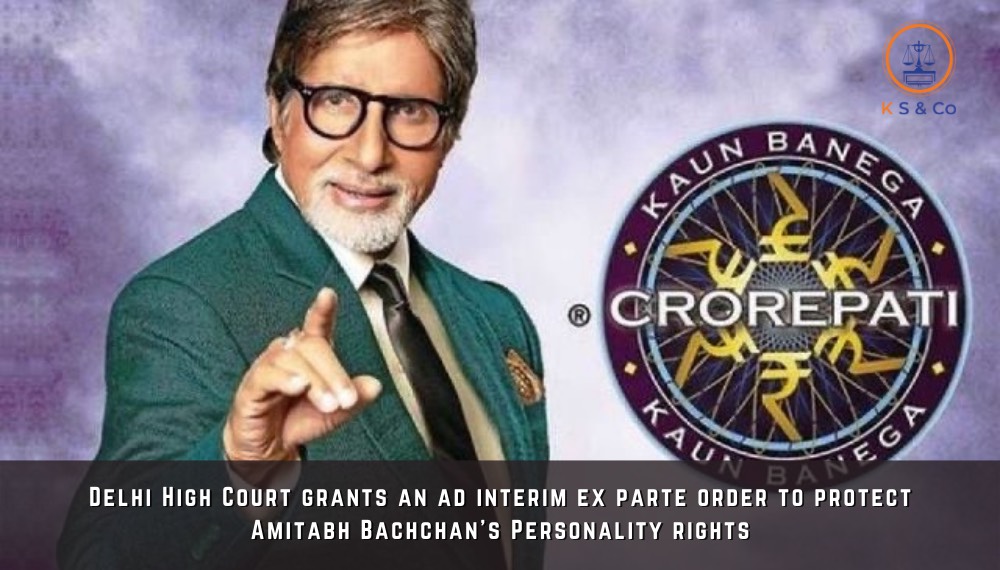
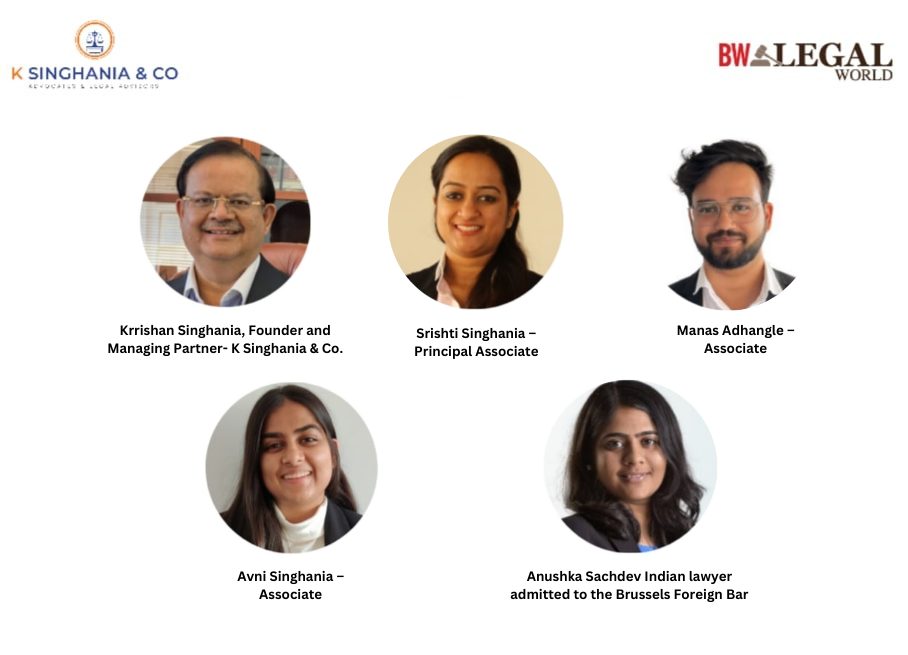
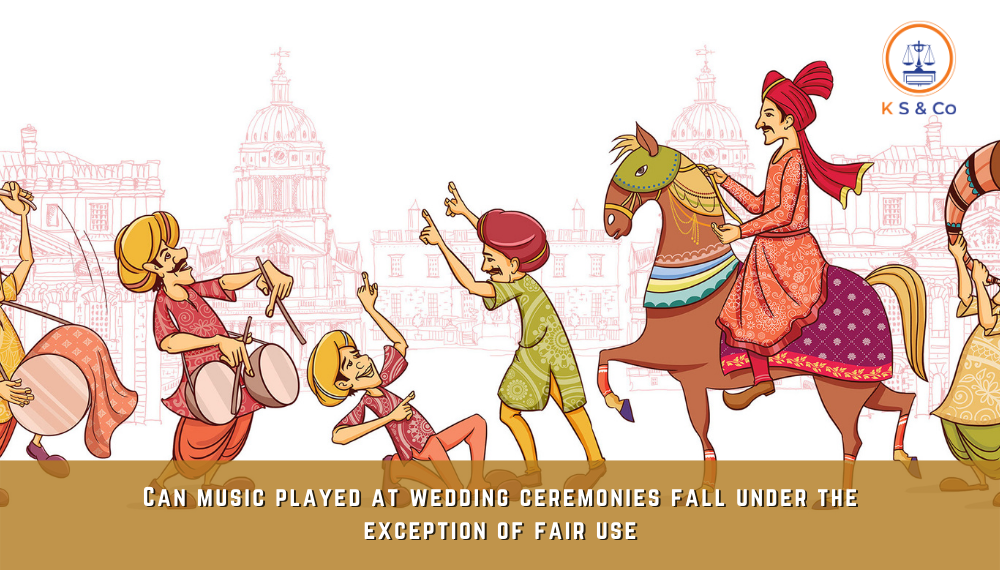
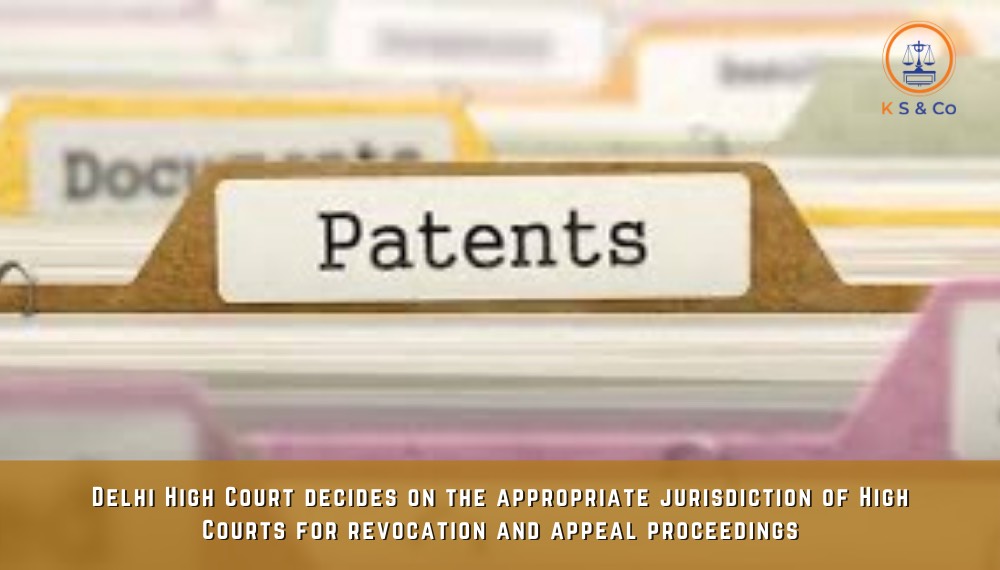
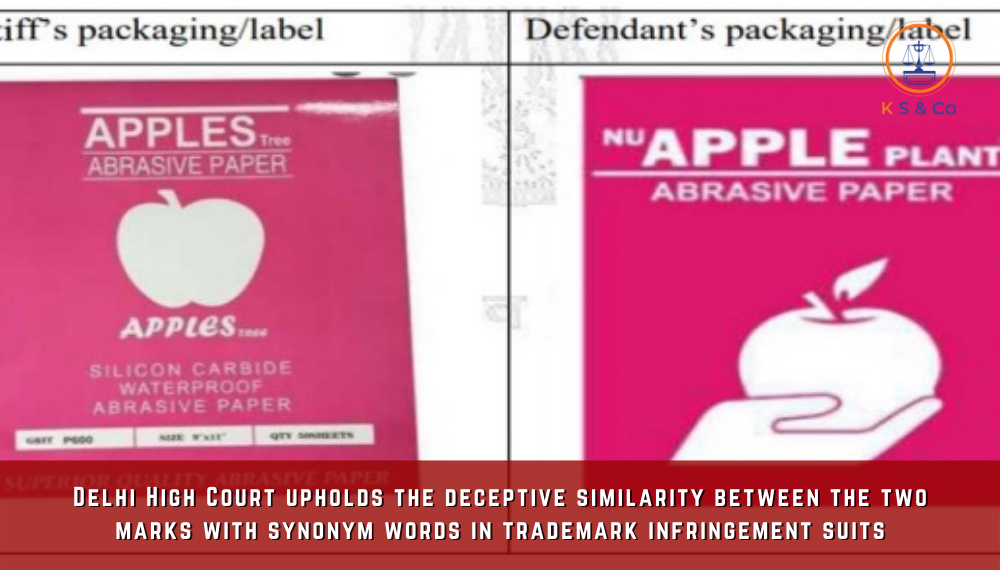


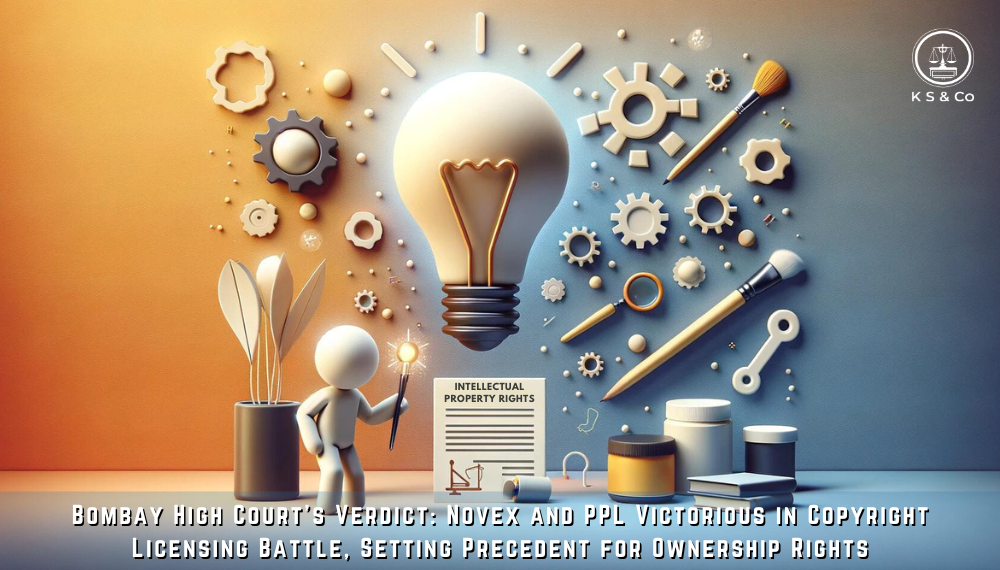
Leave a Reply